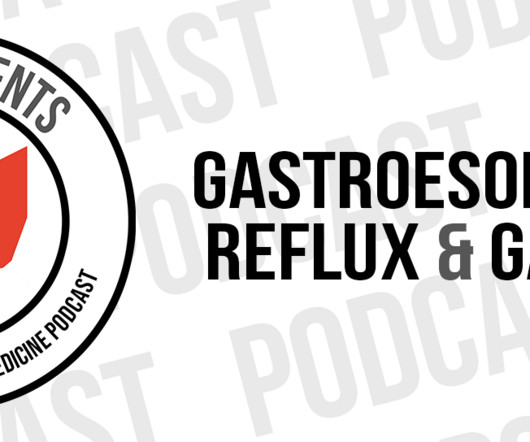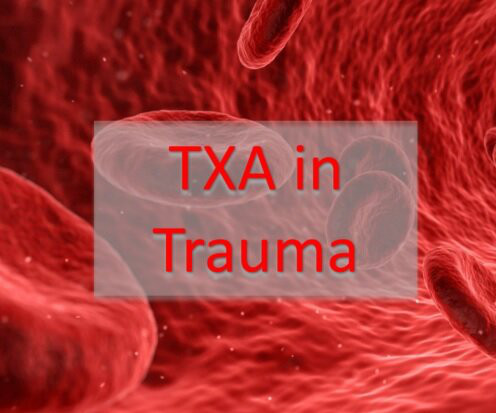AHA/NCS Statement on Critical Care Management of Post ROSC Patients
EMDocs
JANUARY 11, 2024
The neurologic section was divided into (1) brain oxygenation, perfusion, edema, and intracranial pressure (ICP); (2) seizures and the ictal-interictal continuum (IIC); and (3) sedation and analgesia. EEG Monitoring and Seizures Statements Takeaway: If possible, obtain an EEG to evaluate for seizure activity.























Let's personalize your content